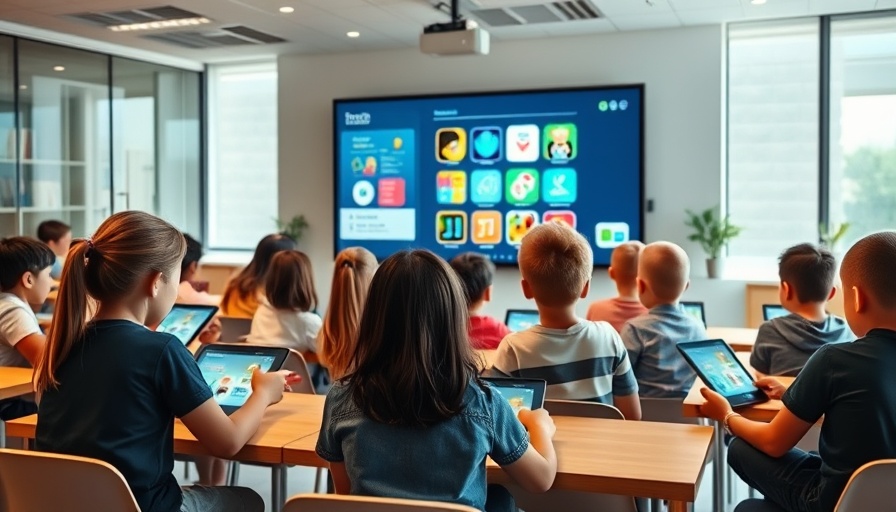
Encouraging Students to Find Their Voice Through Writing
Every child has a unique story to tell, yet many are hesitant to share their thoughts and experiences. The #BeAnAuthor contest serves as a pivotal platform, encouraging students to express their narratives through writing. This opportunity allows them not only to publish their work but also to recognize the value of their voices in connecting with others. By participating, students understand that their personal experiences matter and can inspire those around them.
What is Personal Narrative Writing?
A personal narrative is a focused expression that tells the story of a specific experience in a writer's life. Unlike a comprehensive autobiography, it hones in on a singular event, unpacking its significance and lessons learned. This type of writing not only enhances creativity but also helps students articulate their feelings and thoughts, cultivating a sense of empowerment.
Error-Free Tools and Techniques for Excelling in Narrative Writing
To help students craft engaging personal narratives, they can utilize various strategies and tools. For instance, parents can encourage their children to brainstorm their experiences, asking them guiding questions like, "What moment changed your perspective?" or "What lesson have you learned from a difficult experience?" This approach fosters clarity in writing, allowing students to produce vivid and relatable narratives.
Empowering Students Through Shared Experiences
Teachers play a crucial role in nurturing a supportive environment for writing. By sharing their own personal narratives, educators can model vulnerability and authenticity, inspiring students to express themselves freely. As highlighted by Dr. Nathan Pritts, personal narratives from instructors not only engage students but also establish a bridge of connection, showcasing shared struggles and triumphs.
Overcoming Challenges in Writing: Common Misconceptions
Many students may feel intimidated by writing or believe their stories aren’t significant. It’s essential to address these misconceptions head-on and remind students that every experience is valuable. Writing is a skill that can be refined over time, and by allowing students to share their voices, we can cultivate a richer educational atmosphere.
Building Confidence and Cultivating Writing Skills
Participating in contests or communal writing exercises can significantly boost a student’s confidence. Not only do such activities offer recognition, but they also provide constructive feedback, allowing students to gauge their writing's impact on others. This iterative process of sharing, receiving input, and refining their work ignites a passion for writing that can last a lifetime.
The Role of Parents in Supporting Student Writers
Parents can take an active role in their child's writing journey by creating an environment that encourages creativity. Regular discussions about writing, reading together, and celebrating completed pieces can motivate students to continue honing their skills. By being engaged and supportive, parents can help their children navigate challenges and celebrate successes, ensuring their writing experience is positive and fulfilling.
Why This Matters: The Broader Impact of Teaching Writing
The significance of teaching students to write cannot be overstated. As they learn to express their thoughts and emotions, they also develop critical thinking skills that benefit them academically and personally. Encouraging personal narratives fosters empathy and understanding—as students share their stories, they learn to value diverse perspectives, vital in today’s interconnected world.
Encourage your children to participate in the #BeAnAuthor contest and take that first step towards sharing their voice. By nurturing their writing skills, we can empower them to express themselves confidently and meaningfully.
 Add Row
Add Row  Add
Add 




Write A Comment